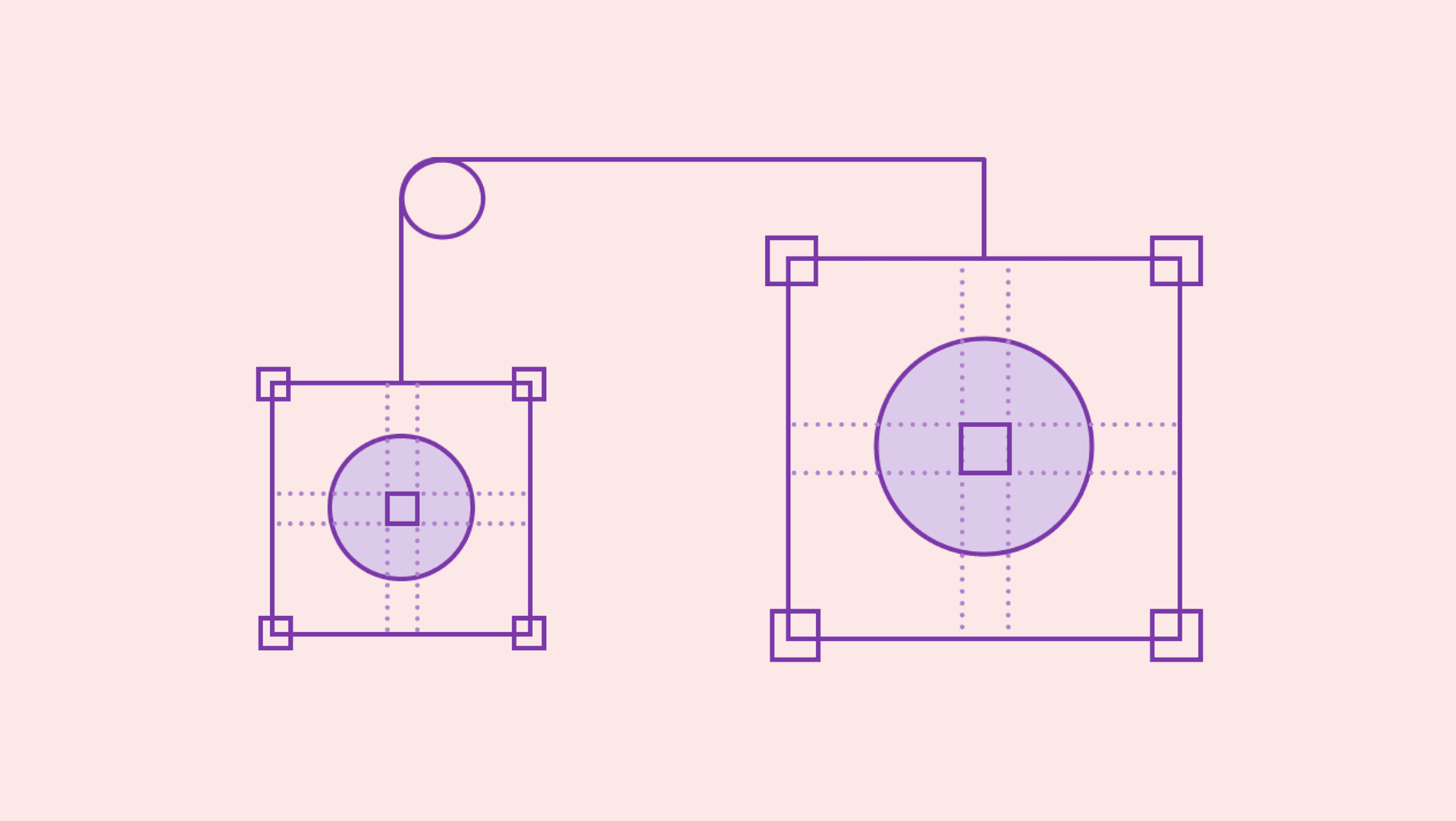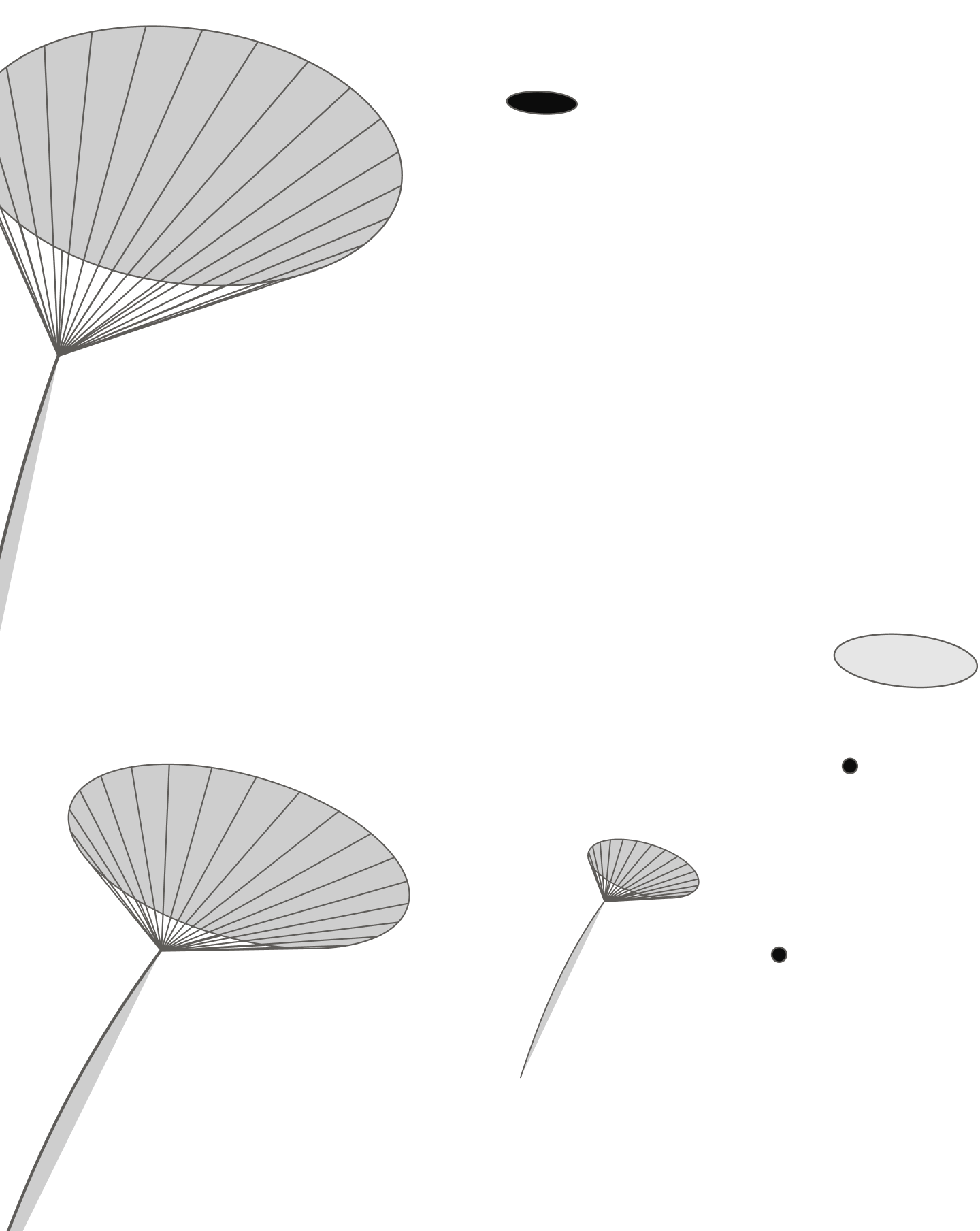It’s hard to find a sector that hasn’t been touched by AI. It’s the technology everyone’s talking about, but no one can seem to agree on. Is it a revolution or a risk? While debates rage on in Silicon Valley boardrooms and ethics committees, the rest of us are left with a pressing question: How do we coexist with AI without losing what makes us human?
For creative fields, the stakes are high. When used thoughtfully, AI can refine ideas and solve creative roadblocks. But there’s a fine line between harnessing AI’s potential and overusing it, stripping away originality and leaving audiences wondering who’s really behind the brands they love. Or the ones they’ve yet to discover.
AI isn’t going anywhere. So the question isn’t if you should use it, but how to do so in a way that doesn’t compromise what made your audiences fall in love with you in the first place.
Why AI can be a game-changer
Before we get into best practices, let’s break down how AI, when used correctly and ethically, can be a game-changing tool. And at its core, it all comes down to efficiency:
- Streamlines repetitive tasks: AI can take on time-consuming tasks, like analyzing campaign performances or generating reports, by processing large volumes of data in seconds. In turn, this frees up your team to focus on the bigger picture: strategy, storytelling, and execution.
- Sparks creativity: When ideas aren’t flowing, AI can offer fresh avenues of creativity. Whether it’s helping with concept development, copy variations, or design suggestions, AI opens the door to experimentation and innovation. It’s not about replacing your creative instincts, but rather giving you a fresh starting point when you hit a wall.
- Cuts costs without cutting quality: With a more efficient workflow and less time spent on creative blocks, AI can also save on operational costs. Tasks that used to demand the time and attention of multiple team members can now be handed off, as long as an actual human is doing the final quality check, which we’ll get to more in a bit. Speeding up production without sacrificing quality is a definite win-win situation.
Preventing AI from being a game-ender
AI can be a powerful asset. But relying on it too much is when trouble can start. Here’s what happens when AI use goes unchecked:
- Creativity takes a hit: We’ve all seen content that just feels off—bland, repetitive, and lacking actual human energy. When AI is used carelessly, it can strip work of originality and emotional depth, reducing creative storytelling to a formula. Over time, this can transform your brand into any other brand. Generic and lost in the mix.
- Brand identity gets lost: AI can crank out copy and visuals at record speed, but without human oversight, your brand’s voice and identity can start feeling inconsistent. A brand’s personality is shaped by the people behind it—people who understand its nuances, history, and evolving culture. If AI-generated content isn’t carefully reviewed and refined, you risk confusing your audience with messaging that feels scattered or off-brand.
- Lack of human connection: At its core, creativity is about connection—evoking emotions, telling meaningful stories, and building relationships. AI, for all its capabilities, lacks real-life experiences, intuition, and empathy. If everything starts feeling automated, your audience will notice. People crave authenticity, so leaning too heavily on AI risks turning what should be a human experience into something transactional, weakening trust and loyalty with your brand.
How to thoughtfully and ethically use AI
Rather than resisting AI, the key is to integrate AI in a way that strengthens your team’s abilities and talents rather than replacing them. Here are tried-and-true ways we at Niftic incorporate AI to strike that balance:
- Clearly define its role: AI isn’t your strategist, your director, your designer, or any other role on your team. In a creative space where clients trust us to bring their vision to life, we don’t pass the buck and hope AI gets it right. We’ve established clear guidelines on where AI can add value—like streamlining workflows, analyzing trends, or jumpstarting ideation—and where it doesn’t. AI may enhance efficiency, but it’s the human touch that transforms ideas into something meaningful.
- Prioritize the experience: Personalization is more than just plugging a customer’s name into an email. It’s about understanding their emotions, needs, and values. AI is great for insights, but it’s people who shape experiences with warmth, empathy, and creativity that turn audiences into loyal fans. That’s why every client touchpoint, whether it’s communication, copy, design, or engineering, is crafted specifically for them. Real connection comes from people, not prompts.
3 Non-negotiables to protect the user experience
Whether you’re already using AI or just testing the waters, it’s worth taking a moment to gut-check how it’s showing up in your work. At Niftic, we reference this quick framework to make sure our AI usage stays human-centered, intentional, and ethical.
Transparency
If AI is involved, say so. Users deserve to know when a recommendation, summary, or decision was generated by an algorithm and not by a person. Being upfront builds trust and helps manage expectations.
Add a simple tag like “AI-generated summary” or “Curated by AI” to signal what’s behind the scenes.
Control
Users should have a say in how (or if) they interact with AI. Whether it’s an AI-powered playlist, chatbot, or content suggestion engine, offer opt-outs and adjustable preferences. And don’t punish them for it either. Ensure those opting out still get a positive experience.
Think about Spotify’s AI DJ feature, which is opt-in. If it’s not cutting it, users can opt out and still make great playlists on their own.
Accountability
Don’t take AI outputs at face value. Data can be skewed. Branding can feel uninspired. Cultural nuances can be missed. Your team should regularly review, refine, and sometimes reject whatever AI gives you.
Users won’t blame errors or mistakes on an AI algorithm —they’ll blame you and your poor oversight. Don’t pass the buck onto AI. Remain the leader and steward of your brand.
At the end of the day, brands are created by people for people. AI can help you expand or scale an idea, but you are the source of that idea. Don’t be fooled into thinking AI can generate a good brand or even save a struggling one. It’s simply an intern—an extra asset—whereas you are the creative director, doing the legwork to take your brand from point A to point B. Clearly. Effectively. And thoughtfully.


